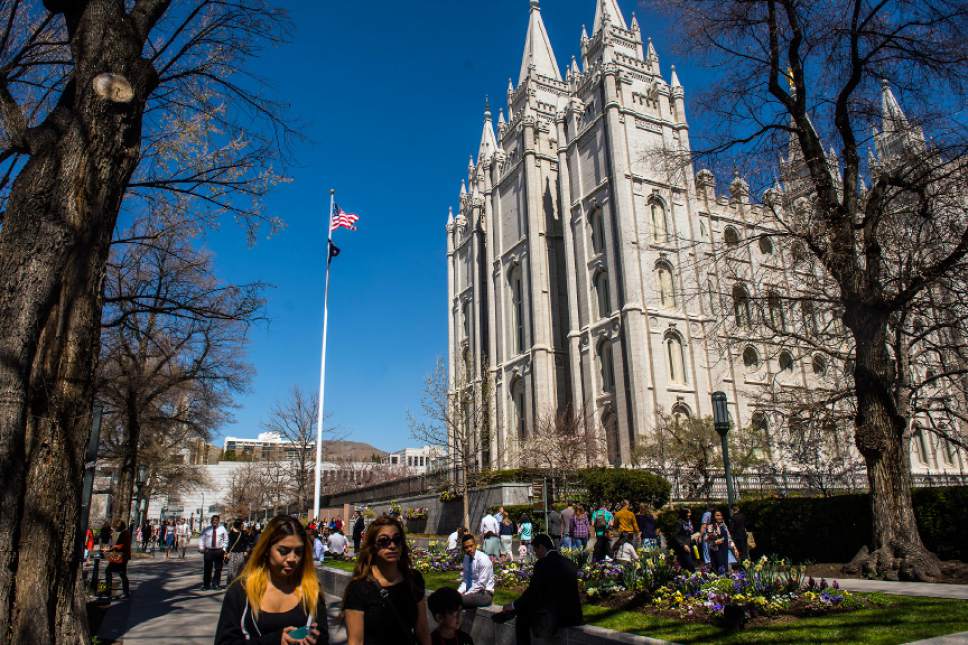This is an archived article that was published on sltrib.com in 2017, and information in the article may be outdated. It is provided only for personal research purposes and may not be reprinted.
In 2016, Mormonism saw steady — and occasionally impressive — congregational growth in Africa, Asia, Central America and Oceania, but a slowdown in new U.S. wards and branches, stagnant membership rates in Europe, a lack of progress in South America and Mexico, and deceleration in the Philippines, Korea and India.
The Church of Jesus Christ of Latter-day Saints logged one of its smallest increases in the number of U.S. wards and branches last year, according to Matthew Martinich, an independent Mormon demographer in Colorado, who recently posted "Top 10 Encouraging and Discouraging LDS Growth and Missionary Developments in 2016."
Apparently, the Utah-based faith showed "a net increase [in the U.S.] of only 69 congregations during the year — a 0.49 percent annual increase and a significantly smaller increase than most recent years," Martinich explained in his post. "Typically the church has reported an annual net increase of 100 to 150 wards and branches and an annual congregational growth rate of 0.8 [percent] to 1.2 percent."
The researcher partly attributes the declining congregational growth, especially in California, to a drop in the membership growth rate in the U.S., where the LDS Church claims more than 6.5 million Mormons.
In 2015, the church had its slowest U.S. membership growth rate since 1989 — "a mere 1 percent" — compared with the typical 1.5 percent to 2 percent in place since 1999.
"Fewer convert baptisms, a reduced birthrate and inactivity problems among young single adults," Martinich wrote, "appear primarily responsible for slowing membership growth."
Like so many other Christian faiths, Mormonism, with 15.6 million members globally, seems to be slipping — or at least not growing as fast — in the developed world, but is looking to Africa and parts of Latin America for its growth.
Still, Martinich cautioned, full statistical analysis won't be possible until the LDS Church releases official data in April.
Peggy Fletcher Stack



